What is the 107% rule in F1?
Discover the lesser-known F1 rule that determines if a driver is allowed to participate in a race, the 107% rule.
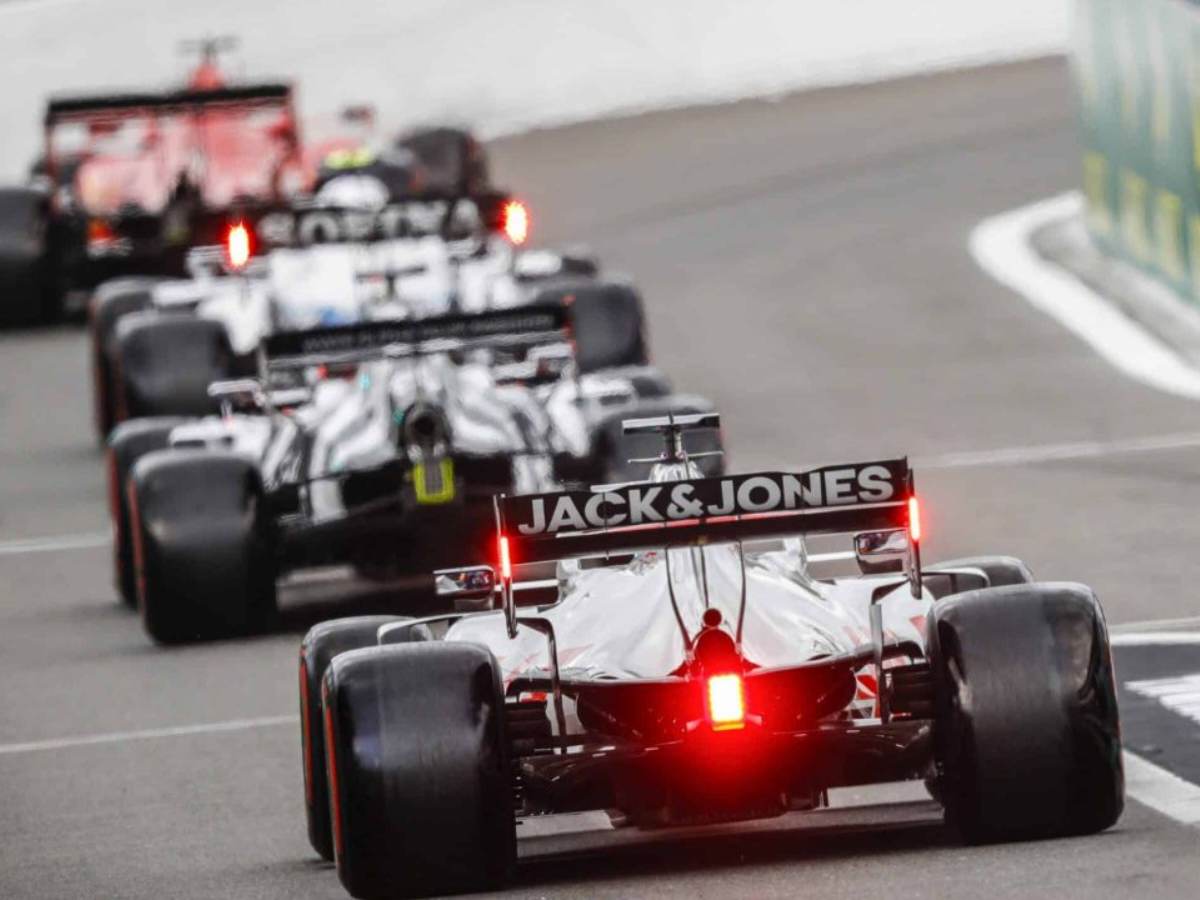
F1 cars queuing up to start qualifying (Credits: F1 Chronicle)
🔍 Explore this post with:
Formula One is a sport with a few bizarre rules, and the 107% rule is one of them. Introduced in the late 1990s, the 107% rule is a time-based qualifying regulation designed to ensure that all cars are capable of a reasonable level of performance. In essence, it stipulates that drivers must set a time within 107% of the pole position time in order to be allowed to start the race.
While the rule has been criticized for being too lenient, it has also been praised for ensuring a level playing field and preventing slower cars from being a hazard to other drivers on the track. Let’s take a closer look at how the 107% rule work in practice, and how it has been adapted in other motorsport series.
Discover: Which F1 driver comes from the wealthiest family?
F1’s 107% rule explained
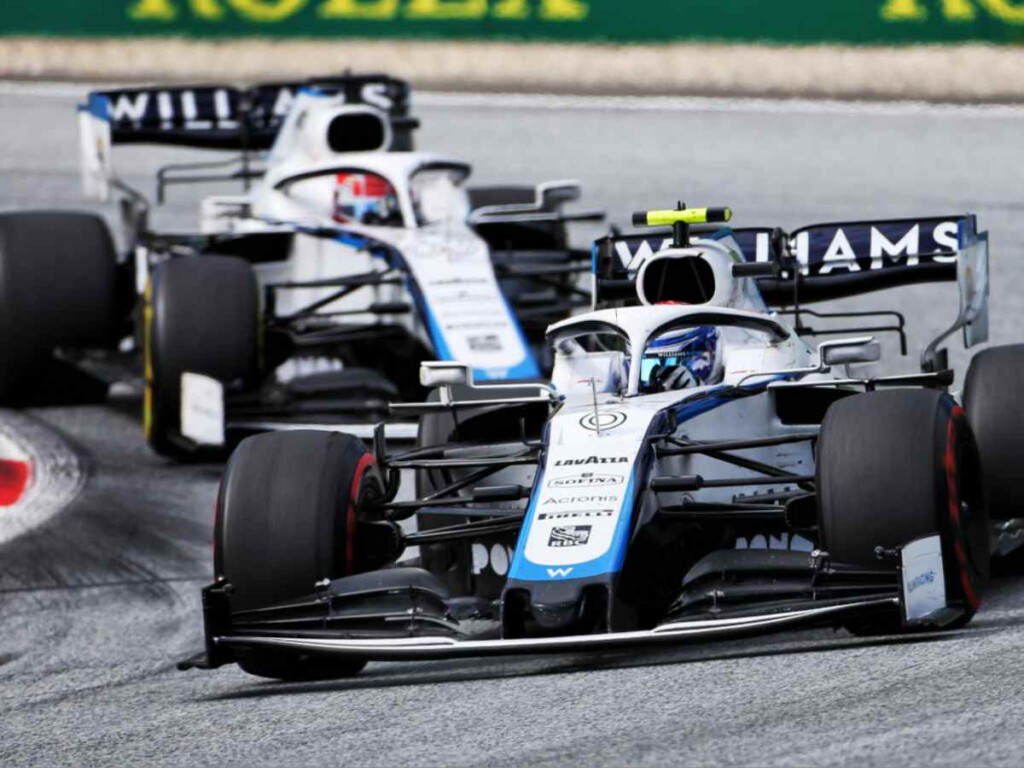
The 107% rule is a Formula One rule that states that each driver must set a lap time that is within 107% of the quickest qualifying time in order to compete in the race. The regulation was implemented to guarantee that all of the vehicles on the grid are competitive and safe, as well as to prevent a considerably slower car from being on the circuit. The rule is calculated by multiplying the fastest qualifying lap time by 1.07. Each driver’s lap time must not surpass this, or they will be disqualified from the race.
The regulation was implemented for the 1996 season and was used until 2002 when it was suspended until 2011, when it was reinstated and has been used in all Formula One races since then. The 107% rule is primarily imposed for safety reasons, to reduce accidents caused by sluggish drivers. The FIA may issue an exemption to allow a driver to compete if a team can demonstrate that their vehicle and driver are quick enough to race.
When was the 107% rule introduced in F1?
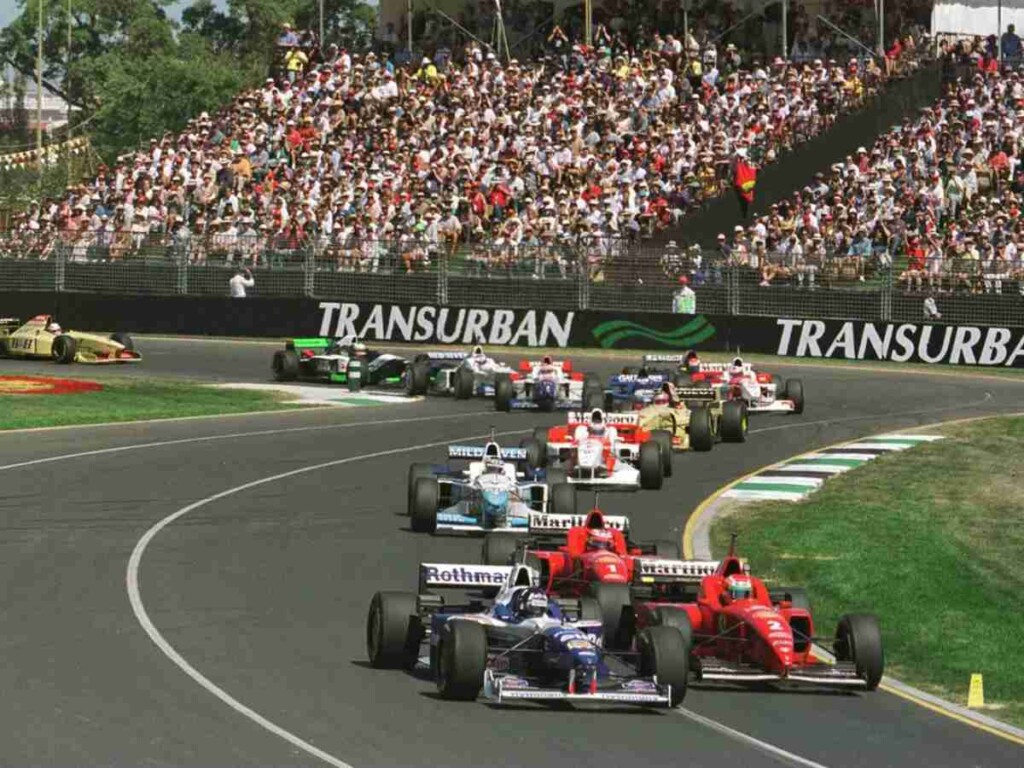
The 107% rule was implemented by the Fédération Internationale de l’Automobile (FIA) in 1995 to ensure that the slowest cars do not compete in Formula 1 races. The rule was supposed to go into force with the 1995 Hungarian Grand Prix, but certain teams refused.
It was, nevertheless, adopted at the start of the 1996 season. Smaller teams were concerned that the regulation would exacerbate the disparities already prevalent in the sport. The regulation was endorsed by the then FIA President Max Mosley and commercial rights holder and former F1 supremo Bernie Ecclestone, who claimed that any well-organized team could qualify inside the 107% range. The fundamental idea was that a team should not compete in F1 to promote its sponsors.
Why was the 107% rule dropped from F1 in 2002?
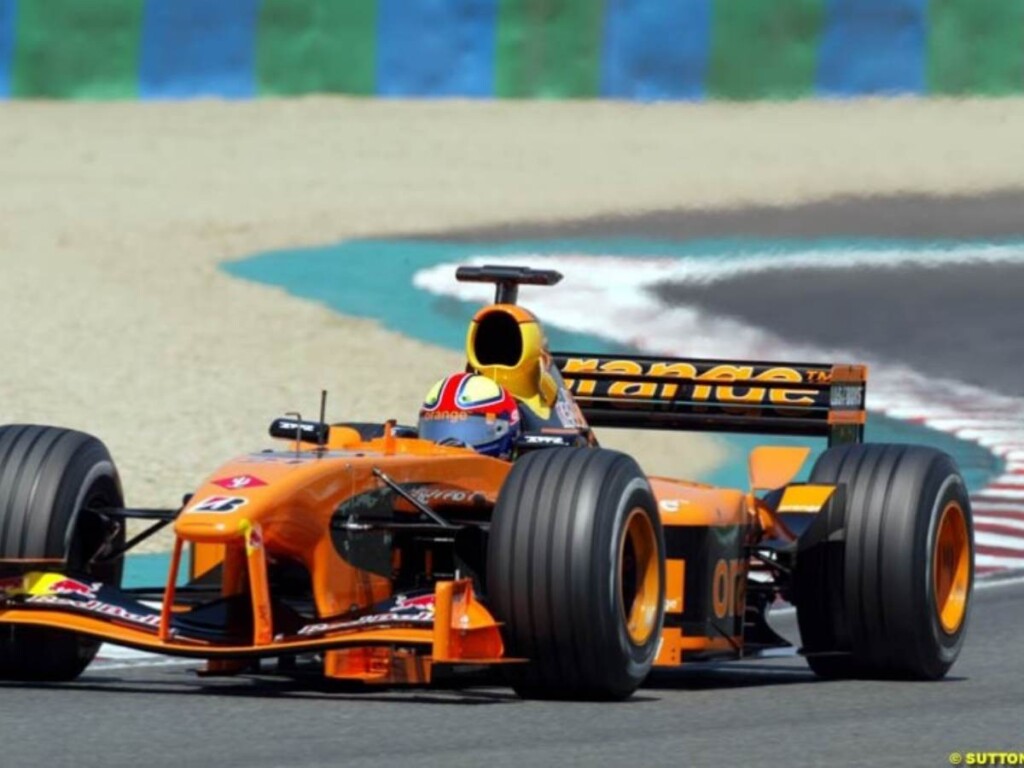
The 107% restriction was repealed in 2002, after a change in the qualifying procedure for the 2003 season. The new format included two scheduled single-lap sessions in which drivers had to qualify with race fuel onboard their vehicles, potentially resulting in bigger time discrepancies throughout the field.
Due to the inadequacies and unpopularity of the format, the regulation was not addressed when the FIA finalized the new system. The governing board then advocated the rule’s official revocation, which became effective with the 2002 Japanese Grand Prix.
When did the 107% rule return in F1?
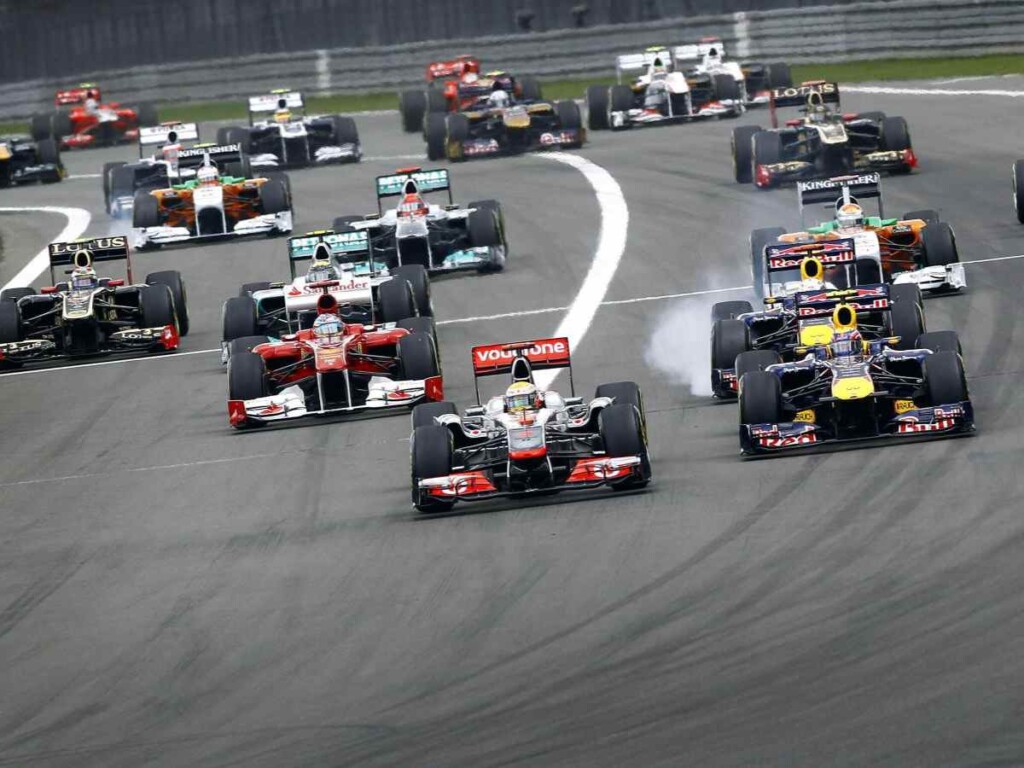
Following the backing of new FIA President Jean Todt, the 107% regulation was reinstated at the start of the 2011 season. The restriction applies to the first of each race’s three qualifying sessions. Since its reinstatement, the regulation has been breached 17 times at 12 separate races, with drivers from HRT, Caterham, and Virgin/Marussia committing most offenses.
However, unlike during the rule’s initial implementation, when violating drivers were extremely seldom permitted to compete, just four of these incidences resulted in the drivers being disqualified from the race. Starting with the 2018 season, the regulations were changed such that the 107% rule would not be applied if the race director deemed the track wet during the qualifying.
Who were the F1 drivers and teams affected by the rule?
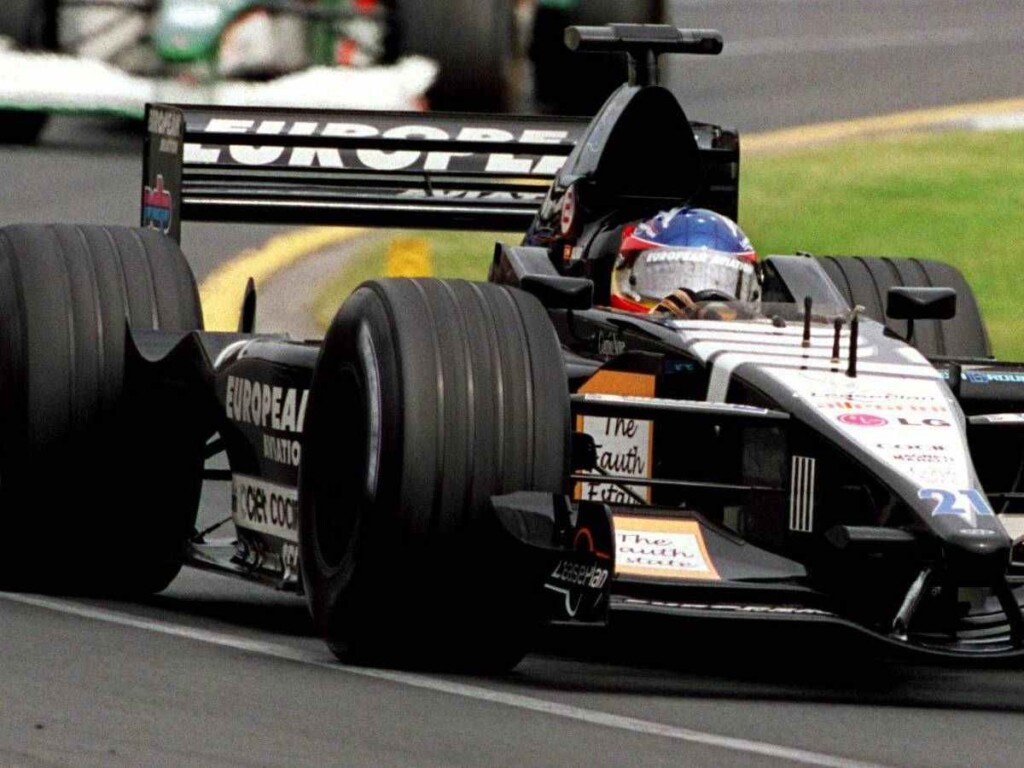
The 107% rule, which required drivers to post a time within 107% of the quickest time in the first qualifying session, was implemented in 1996. The Forti team was the first to break the ban, and they later left Formula One owing to financial difficulties. The regulation was implemented on various occasions over the next few years, with different degrees of success. Tarso Marques failed to qualify in time three times in 2001, but was permitted to participate in the Australian Grand Prix due to “exceptional circumstances.”
The rule was modified in 2002, requiring drivers to set a time within 107% of the fastest time in the previous qualifying session. Despite the controversies surrounding the rule, it remained in effect until 2011, when it was reintroduced for the first qualifying session of each race.
Notable drivers impacted by the rule include Fernando Alonso in 2001, who could not participate in the rain-soaked Belgian Grand Prix but eventually started the race due to an exception to the rule. Jos Verstappen, the father of current F1 champion Max Verstappen, also fell victim to the rule during the same race. The rule has continued to impact drivers such as Carlos Sainz Jr. and Max Verstappen in races run in wet weather. Despite exceptions being granted, the rule affected 23 out of the 116 Grands Prix in which it was in effect. And most recently, the American driver, Logan Sargeant, broke the rule at the Saudi Arabian Grand Prix in 2023.
Is the 107% rule used in other sports?
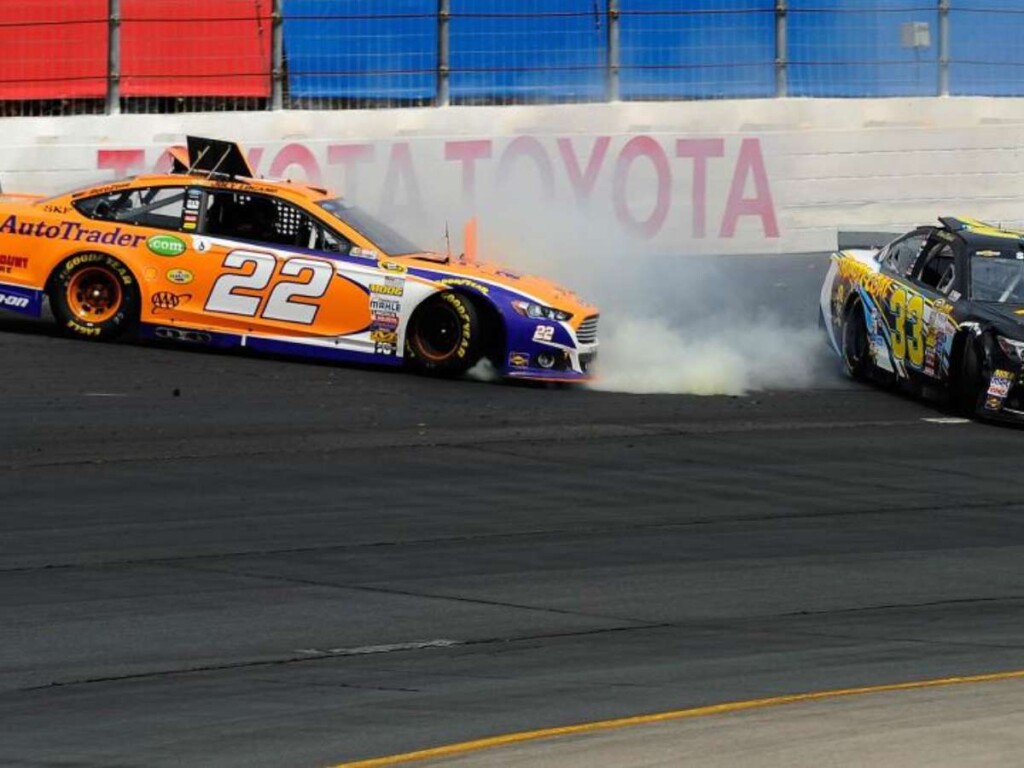
Several racing series have used the 107% rule, or variants on it, as a qualifying criterion. The alternative 110% rule is used in Formula E qualifying, with stewards allowing drivers that violated the rule to race, often by assessing timings in free practice sessions. A driver has yet to be barred from competing as a result of the regulation.
The 107% rule is also used in the GP2, F2, GP3, and F3 Series, where a driver must set a lap time that is within 107% of the quickest time in qualifying or free practice in order to compete in the race. To participate in qualifying sessions in MotoGP, riders must be within 105% of the quickest rider’s lap time in each practice session. Vehicles in the IndyCar Series must be within 105% of the quickest car’s lap timings, while vehicles in NASCAR must be within 115% of the fastest lap made in the final practice. The regulations are designed to guarantee that all competitors satisfy a basic standard of competition and safety, although race officials may exercise discretion in extraordinary circumstances.
In case you missed it:

